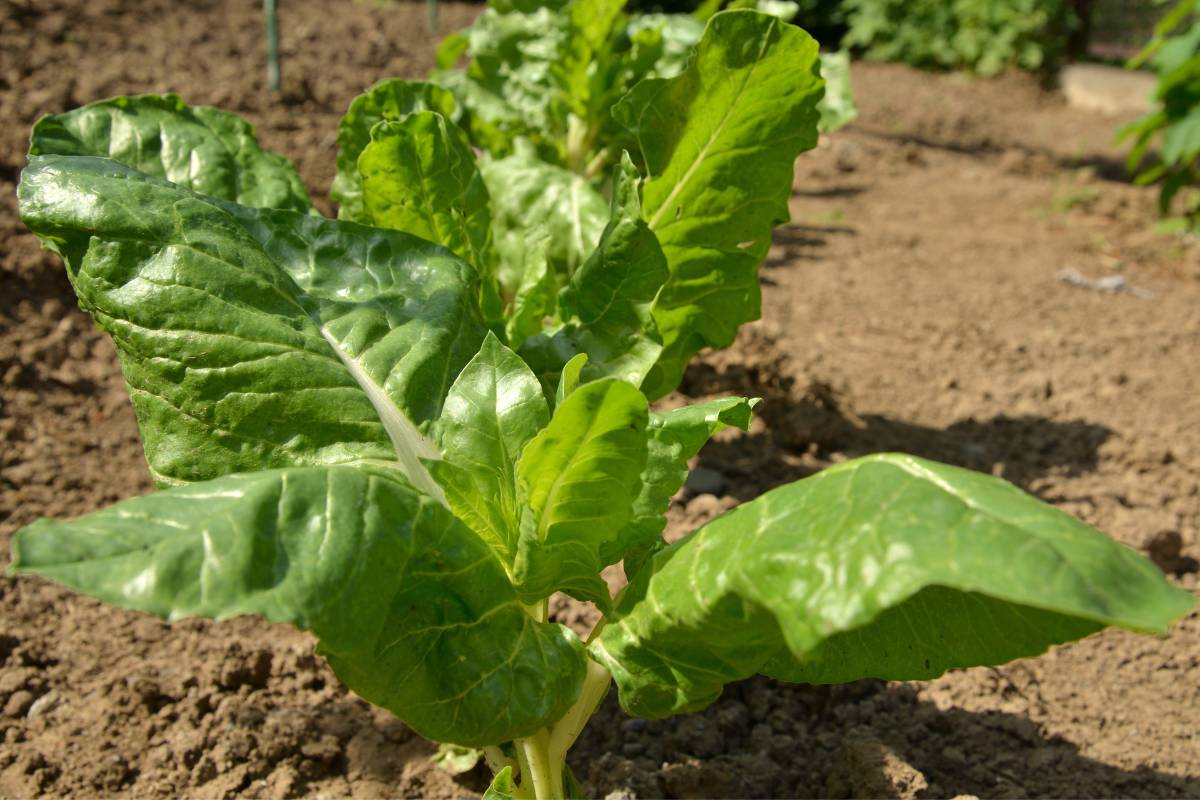Gardening on sandy soil can be both a blessing and a challenge. While sandy soil offers excellent drainage and is easy to work with, it often lacks essential nutrients and struggles to retain moisture. However, with the right techniques and plant selection, you can transform your sandy soil into a thriving oasis of greenery.
Understanding Sandy Soil
Sandy soil is characterised by its gritty texture and low organic matter content. It drains quickly, which can be advantageous in preventing waterlogged roots and minimising the risk of plant diseases associated with overly wet conditions. However, this rapid drainage also means that sandy soil tends to dry out quickly, requiring frequent watering, especially during hot and dry periods. After periods of dry weather sandy soils often become what is known as hydrophobic, meaning that they actually repel water when it is applied.
If you're unsure if this description of sandy soil applies to your garden, there's a simple test you can do; learn about it here.
One of the primary challenges of gardening on sandy soil is its poor nutrient retention. Sandy soil lacks the clay and humus that hold nutrients in place and provide the essentials that beneficial microorganisms need to thrive. Organic matter and fertilisers are leached through the soil, resulting in stunted growth, pale foliage, and decreased yields for plants not suited to the conditions.
Improving Sandy Soil
To improve sandy soil and create a more hospitable environment for plants, incorporating organic matter is key. Compost, aged manure and leaf mulch can all enrich sandy soil so it can better retain moisture and nutrients. There’s no need to dig organic matter into the soil; rainfall, earthworms and other invertebrates will do this work for you. The only caveat is not to allow organic matter to dry out completely on the surface, as in some conditions it can form an impenetrable mat that can stop water making its way to the soil beneath.
For sandy soils that are hydrophobic, using a wetting agent in conjunction with organic matter can help. Using organic mulches will also help prevent evaporation while breaking down and adding nutrients to the soil over time.
Unfortunately, amendments to sandy soils need to be repeated at regular intervals. This is because, thanks to the combination of sand’s open structure and gravity, nutrients and organic matter will gradually leach through the underlying sandy particles over time.
The only amendment that has been shown to be more or less permanent is clay, usually applied as a dry powder that can be raked gently into the soil. Adding clay to sandy soil can change its structure, though the quantities needed are large. Enough clay to make up 5% to 20% of the overall volume of the top 30cm to 60cm of soil is recommended - and for most gardens that’s a lot of clay.
Selecting Suitable Plants
A more sustainable and easier option than soil amendment is choosing to grow plants that are well-adapted to sandy soil. A ‘right plant in the right place’ approach will mean less need for soil amendments, as the plants will be suited to their growing conditions from the get-go.
Many natives from coastal areas and Mediterranean plants will not just survive but thrive in sandy soils. Natives at home in these conditions include banksia, coastal rosemary, wattle and tea tree, along with native grasses, lilies and wildflowers. Examples of Mediterranean plants suited to sandy soil include lavender, rosemary, yarrow and sedum. These plants thrive in well-drained soil and require minimal supplemental watering once established.
If growing vegetables, carrots, beetroot and silverbeet, asparagus, artichoke, potatoes and Warrigal greens all grow well in sandy soil amended with some compost. Mediterranean herbs including sage, oregano, rosemary and thyme will also thrive.
Incorporating some medium to large trees in your garden design is also a good idea. The shade trees create in summer helps make the space more pleasant for humans, provides habitat for wildlife and can help retain soil moisture by reducing evaporation. Banksia, wattles and sheoaks grow well in many areas of Australia. Look to what’s growing in your local area too.
Watering
Proper watering is crucial when gardening on sandy soil. While sandy soil drains quickly, it also dries out rapidly, especially during hot and windy weather. To ensure adequate moisture retention, water deeply and infrequently, allowing the water to penetrate the soil deeply rather than evaporating on the surface. Watering in the early morning or late afternoon helps minimise water loss due to evaporation.
Using Raised Beds
Raised beds and large containers are a good option when growing nutrient-hungry fruit and vegetables in sandy soils. They allow gardeners to either buy in good quality topsoil or to fill the beds themselves in a ‘lasagne’ arrangement of layers of organic matter. Either way, raised beds provide an oasis of good, nutrient-rich growing space.
Gardening on sandy soil presents unique challenges, but with good soil management and appropriate plant selection, it's possible to create a productive and beautiful garden. So rather than see sandy soil as your enemy, harness its potential to cultivate a thriving landscape.

%20plant%20growing%20in%20a%20garden.jpg)








